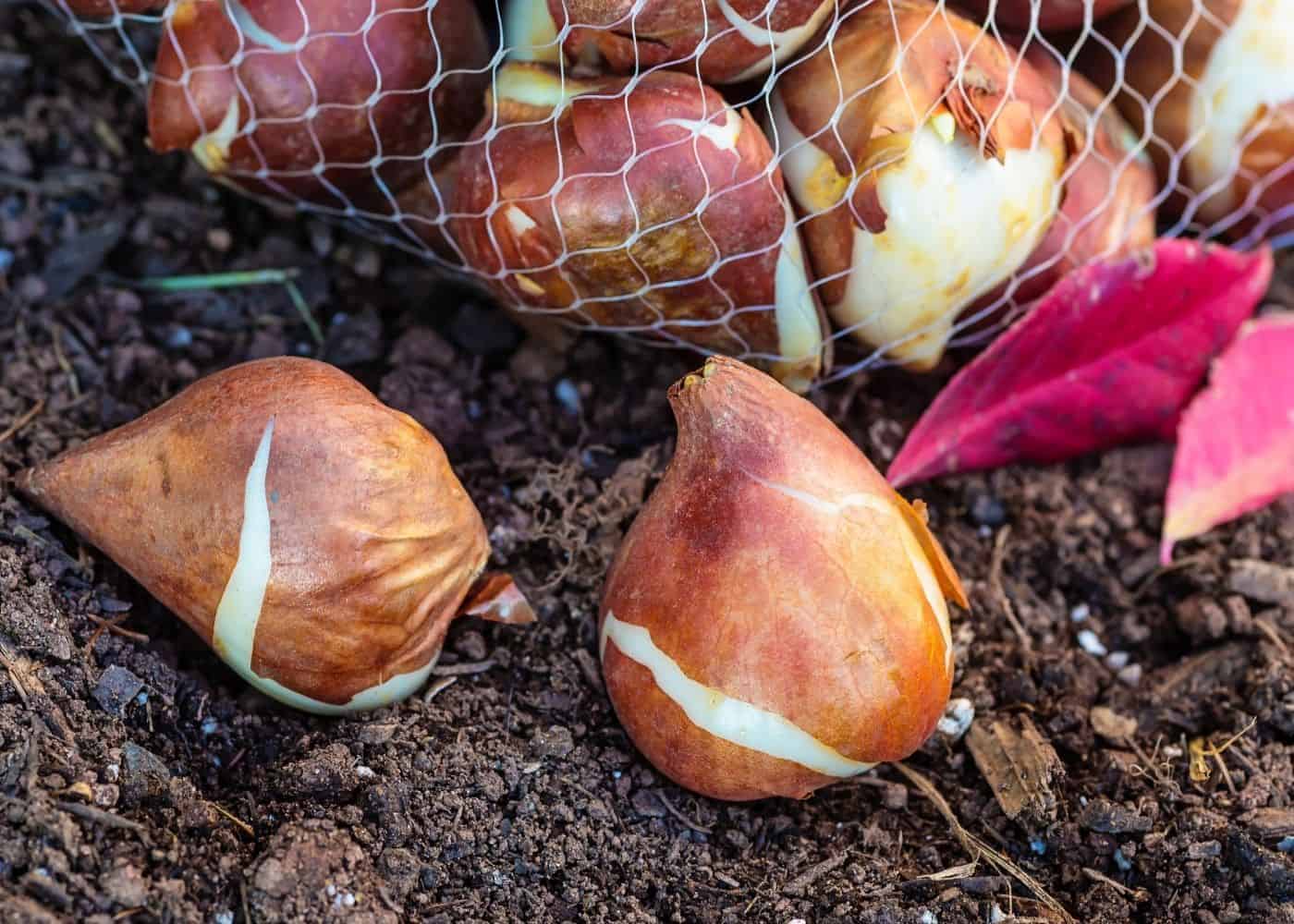

Articles
How To Store Bulbs
Modified: December 7, 2023
Learn how to store bulbs properly with our informative articles. Keep your bulbs fresh and ready to bloom with these expert tips.
(Many of the links in this article redirect to a specific reviewed product. Your purchase of these products through affiliate links helps to generate commission for Storables.com, at no extra cost. Learn more)
Introduction
Storing bulbs properly is essential for maintaining their quality and ensuring their success when it comes time to plant them. Whether you have just finished enjoying a vibrant display of spring-flowering bulbs or have purchased bulbs in advance for planting next season, proper storage is crucial to preserving their vitality and longevity.
In this article, we will guide you through the process of storing bulbs effectively, ensuring that they remain healthy and viable until you are ready to plant them. From selecting the right bulbs to creating optimal storage conditions, we will provide you with all the information you need to keep your bulbs safe and ready for their grand debut.
Before we dive into the specifics of bulb storage, it’s important to understand that different types of bulbs have different needs. There are three main categories of bulbs: spring-flowering bulbs, summer-flowering bulbs, and fall-planted bulbs. Each category has its own unique characteristics, and it’s important to take these factors into account when considering how to store them.
Spring-flowering bulbs, such as tulips, daffodils, and hyacinths, are typically planted in the fall and produce blooms in the spring. Summer-flowering bulbs, such as dahlias, gladioli, and lilies, are planted in the spring and bloom in the summer. Fall-planted bulbs, such as crocuses and snowdrops, are planted in the fall and bloom in the winter or early spring.
Now that you have a general understanding of the different types of bulbs, let’s move on to the next section where we will discuss how to choose the right bulbs for storage.
Key Takeaways:
- Choose healthy, mature, and disease-resistant bulbs for successful storage. Clean, remove foliage, and inspect before storing to ensure optimal conditions for future growth.
- Create the right storage conditions by keeping bulbs cool, humidity moderate, and ensuring proper airflow. Regularly monitor, label, and check for any issues to maintain bulb health.
Read more: How To Store Canna Bulbs
Choosing the Right Bulbs for Storage
When it comes to storing bulbs, selecting high-quality bulbs is key. By choosing healthy, disease-free bulbs, you increase the chances of successful storage and future growth. Here are some tips to keep in mind when selecting bulbs for storage:
- Inspect the bulbs: Before purchasing or storing bulbs, carefully examine them for any signs of damage, disease, or mold. Discard any bulbs that appear soft, bruised, or have black or brown spots.
- Choose mature bulbs: Bulbs that are fully mature are more likely to store well. Look for bulbs that are firm, plump, and have a papery outer skin.
- Go for the largest size: Larger bulbs tend to produce bigger and more robust flowers. When selecting bulbs for storage, prioritize larger-sized bulbs over smaller ones.
- Opt for disease-resistant varieties: Some bulbs are more prone to diseases than others. Research and choose bulb varieties that are known for their resistance to common bulb diseases in your region.
- Consider the storage duration: If you plan to store bulbs for a long period, consider selecting bulbs with a longer storage life. Some bulbs, like daffodils and tulips, have better storage capacity compared to others.
By following these guidelines, you can ensure that you are starting with the best possible bulbs for storage. Next, let’s move on to the preparations needed before storing the bulbs.
Preparing Bulbs for Storage
Properly preparing bulbs for storage is crucial to maintain their health and prevent deterioration. Taking the time to prepare them correctly will ensure that they remain in optimal condition until it’s time for planting. Here are the essential steps for preparing bulbs for storage:
- Clean the bulbs: Before storing, gently brush off any excess soil or debris from the bulbs. This will help prevent the growth of bacteria or fungi during storage. Avoid washing the bulbs, as excess moisture can lead to rot.
- Remove foliage and stems: Cut off any remaining foliage or stems from the bulbs, leaving only the basal plate. This helps redirect energy towards bulb development and prevents the spread of disease.
- Cure the bulbs: Some bulbs, like garlic or onions, require curing before storage. This involves allowing them to dry in a warm, well-ventilated area for a few weeks. Curing helps toughen the outer skin and prolongs their storage life.
- Inspect for damage or disease: Before storing, carefully inspect the bulbs once again for any signs of damage or disease. Discard any bulbs that show signs of rot, mold, or pest infestation.
- Label and organize: If you have different bulb varieties, consider labeling and organizing them. This will make it easier to find specific bulbs when it’s time for planting.
By following these preparation steps, you can ensure that your bulbs are clean, healthy, and ready for storage. Now let’s move on to the next section, where we will discuss the optimal conditions for storing bulbs.
Storing Bulbs in the Right Conditions
Creating the proper storage conditions for bulbs is essential to maintain their viability and prevent any damage or deterioration. Bulbs have specific requirements in terms of temperature, humidity, and airflow. Here are some guidelines to help you store bulbs in the right conditions:
- Temperature: Most bulbs require cool temperatures for storage. Ideally, the temperature should be between 35°F (1-2°C) and 50°F (10°C). This can be achieved by storing the bulbs in a cool basement, garage, or refrigerator.
- Humidity: Bulbs prefer a medium level of humidity during storage. Avoid storing them in areas with high humidity, as it may lead to mold or rot. A humidity level of around 50-60% is ideal.
- Airflow: Proper airflow is crucial to prevent the buildup of moisture and the growth of fungi. Ensure that the storage area has adequate ventilation, allowing for air circulation around the bulbs.
- Container or packaging: Store bulbs in breathable containers or bags to prevent excess moisture buildup. Paper bags or mesh containers are excellent options. Avoid using airtight plastic bags, as they can trap moisture and promote rot.
- Separate bulbs: Keep different bulb varieties separate during storage to prevent cross-contamination and maintain their individual characteristics.
It’s important to note that some bulbs require specific storage conditions. For example, tender bulbs like gladioli and dahlias may need to be dug up and stored in a dry medium, such as peat moss or vermiculite. Be sure to research the specific storage requirements for the bulbs you are storing.
Now that you know how to create the proper storage conditions for bulbs, let’s move on to the next section, where we will discuss monitoring and maintenance of stored bulbs.
After digging up bulbs, let them dry out for a few days in a warm, well-ventilated area. Once dry, store them in a cool, dark place in a paper bag or mesh bag to prevent mold and rot. Check on them periodically to ensure they are still in good condition.
Monitoring and Maintenance of Stored Bulbs
Once you have stored your bulbs in the ideal conditions, it’s important to regularly monitor and maintain them to ensure their continued health and viability. Here are some guidelines for monitoring and maintaining stored bulbs:
- Regularly check the bulbs: Periodically inspect your stored bulbs to ensure they are in good condition. Look for any signs of mold, rot, or pest infestation. Remove any damaged bulbs to prevent the spread of disease.
- Monitor temperature and humidity: Regularly monitor the temperature and humidity levels in the storage area. Make adjustments as needed to maintain the optimal conditions for bulb storage.
- Rotate the bulbs: If you are storing bulbs in containers, rotate them every few weeks to ensure even airflow and prevent any moisture buildup in one specific area.
- Remove sprouting bulbs: If any bulbs begin to sprout during storage, carefully remove them from the storage area. These bulbs will require planting and may not store well alongside dormant bulbs.
- Keep rodents and pests away: Take measures to prevent rodents and pests from accessing the storage area. Use deterrents such as mothballs or traps, or store bulbs in rodent-proof containers.
By regularly monitoring your stored bulbs and taking proper maintenance steps, you can ensure that they remain healthy and ready for planting when the time comes. However, it’s important to note that different bulbs have varying storage durations, so be sure to plant them within the recommended timeframe for optimal results.
Now that we’ve covered the monitoring and maintenance of stored bulbs, let’s move on to the next section, where we will provide some additional tips for successful bulb storage.
Read more: How To Store Lily Bulbs
Tips for Successful Bulb Storage
To ensure successful bulb storage and maximize their chances of thriving when planted, here are some additional tips to keep in mind:
- Label your bulbs: Use labeled tags or markers to identify the different varieties of bulbs in storage. This will help you keep track of what you have and prevent mix-ups.
- Avoid storing bulbs near fruits: Fruits produce ethylene gas, which can cause bulbs to sprout prematurely or deteriorate. Keep bulbs away from areas where fruits are stored.
- Store bulbs away from direct light: Exposure to sunlight or strong artificial light can affect the dormancy of bulbs. Keep them in a dark, cool space during storage.
- Check bulbs regularly during storage: Regularly inspect your bulbs for any signs of deterioration or disease. Catching problems early can prevent further damage to the stored bulbs.
- Consider using desiccants: To control moisture levels, you can place desiccants like silica gel or dry rice in the storage containers with the bulbs. These desiccants help absorb excess moisture and prevent rot.
Remember, the success of bulb storage also depends on the quality of the bulbs you start with. Always select healthy bulbs from reputable sources and discard any damaged or diseased ones.
By following these tips, you can increase the likelihood of successful bulb storage and ensure that your bulbs are in prime condition for future planting.
Now that we have covered all the essential information for storing bulbs effectively, let’s wrap up this article.
Conclusion
Properly storing bulbs is crucial for preserving their quality and ensuring successful growth when it’s time to plant them. By choosing the right bulbs, preparing them correctly, storing them in the optimal conditions, and monitoring their progress, you can maximize their viability and enjoy a beautiful display of flowers.
When selecting bulbs for storage, choose healthy, mature, and disease-resistant varieties. Clean the bulbs, remove foliage, and inspect them for any damage or disease before storage. Create the right storage conditions by keeping the temperature cool, the humidity moderate, and ensuring proper airflow. Label and organize your stored bulbs for easy identification.
Regularly monitor the bulbs, check for any signs of deterioration, and remove any sprouting bulbs. Take steps to keep rodents and pests away from the storage area. Follow these tips to ensure successful bulb storage:
- Label your bulbs for easy identification
- Avoid storing them near fruits
- Keep bulbs away from direct light
- Check them regularly for any issues
- Consider using desiccants to control moisture levels
Remember, each type of bulb may have specific storage requirements, so be sure to research and follow the recommendations for the specific bulbs you are storing.
By following these guidelines and tips, you can store bulbs successfully, preserving their vitality and ensuring a vibrant and thriving garden when the time is right.
Now, armed with this knowledge, you can confidently store your bulbs and look forward to a spectacular display of flowers in the seasons to come!
Frequently Asked Questions about How To Store Bulbs
Was this page helpful?
At Storables.com, we guarantee accurate and reliable information. Our content, validated by Expert Board Contributors, is crafted following stringent Editorial Policies. We're committed to providing you with well-researched, expert-backed insights for all your informational needs.
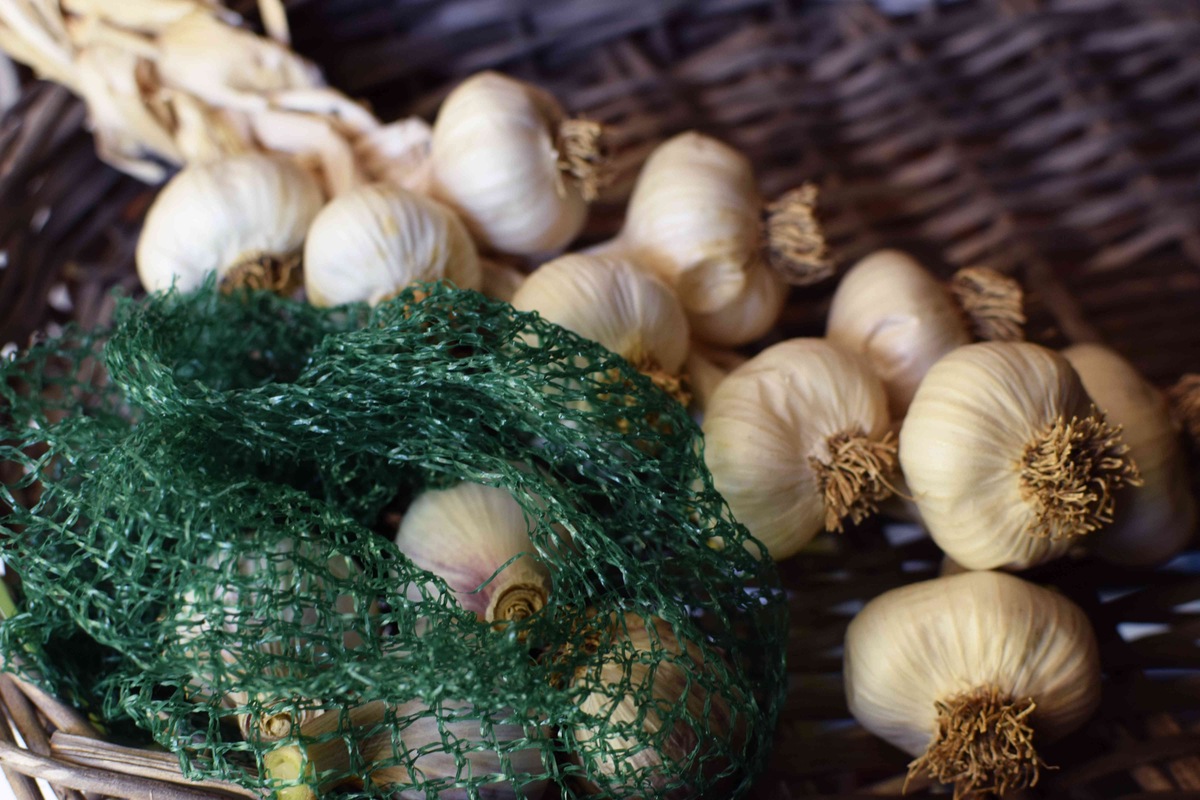
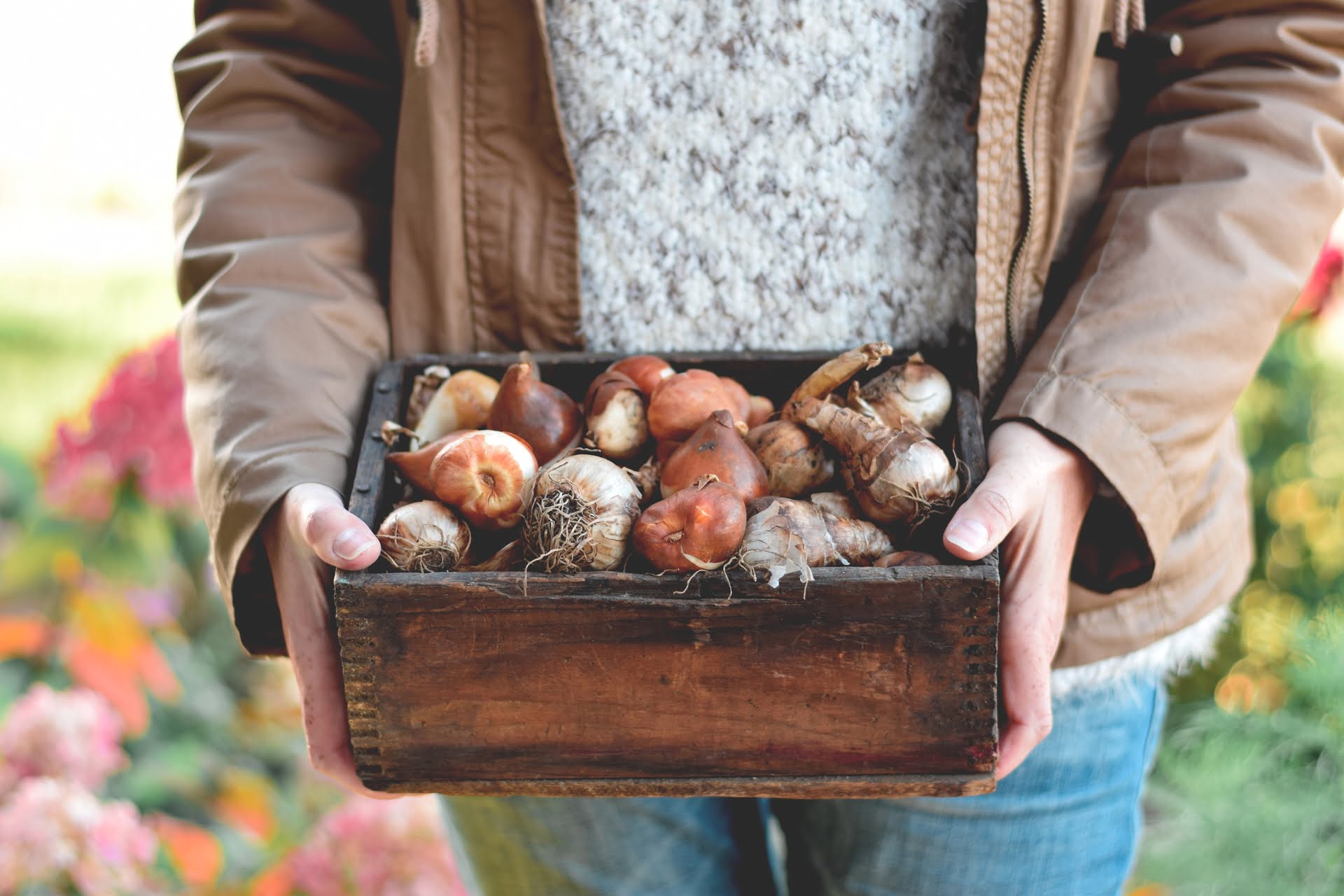
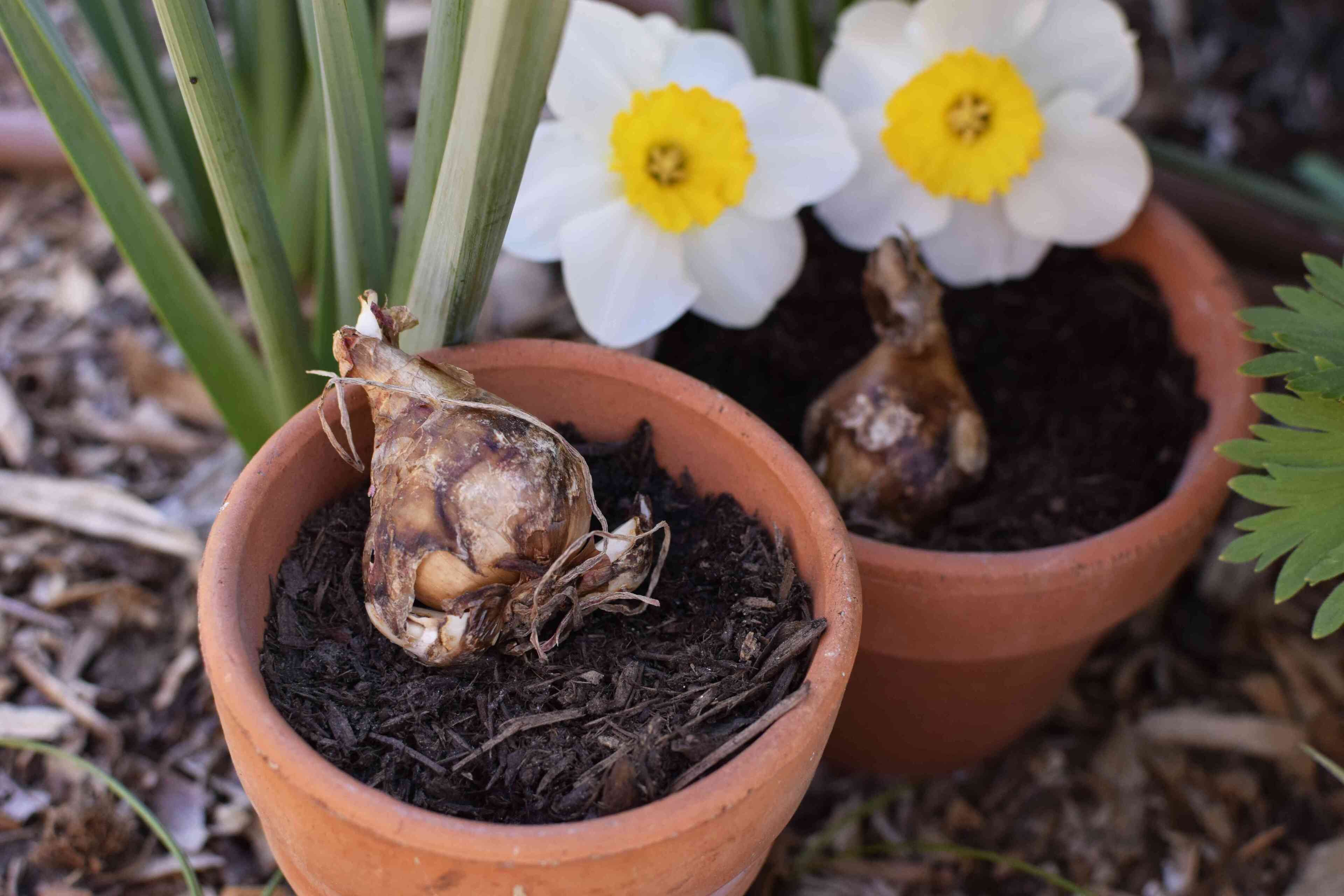
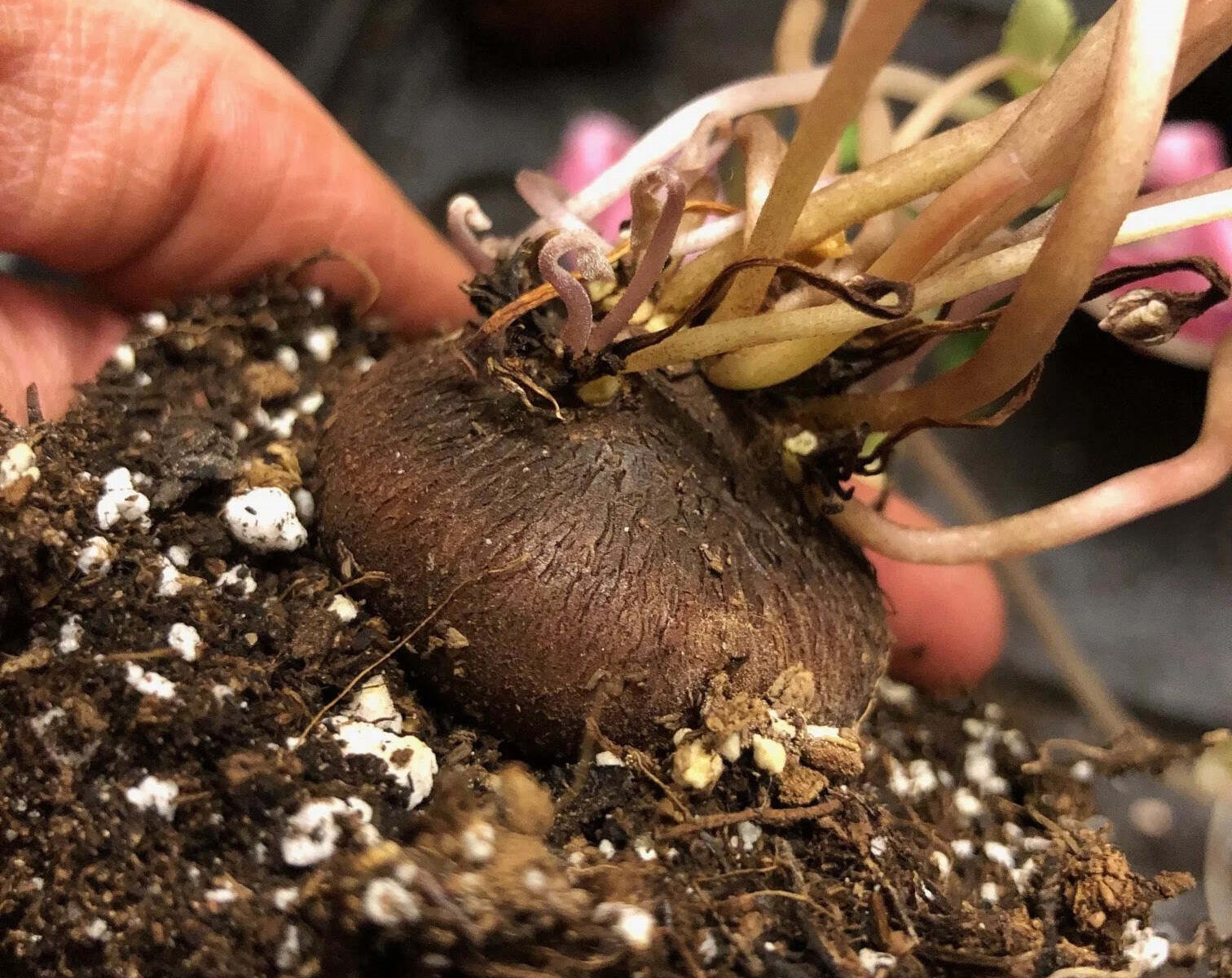
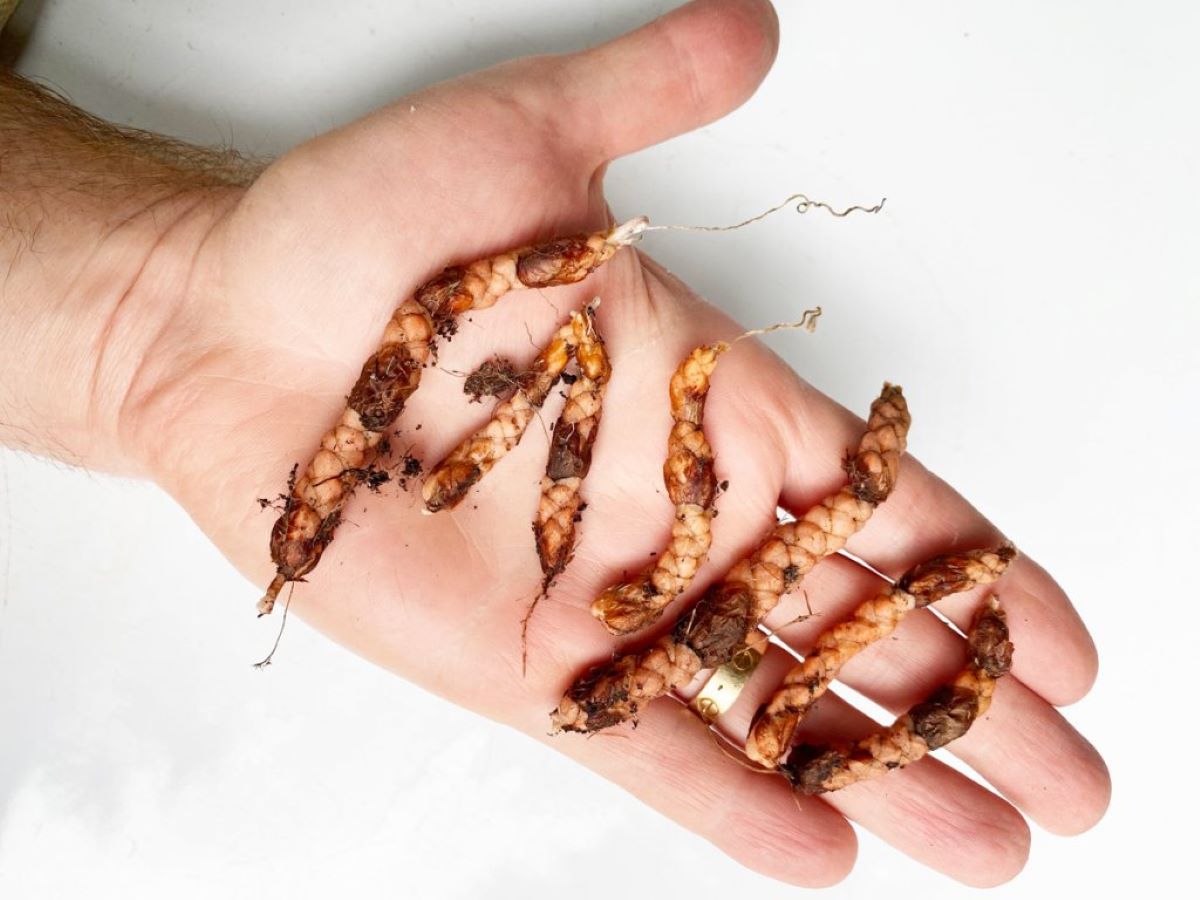
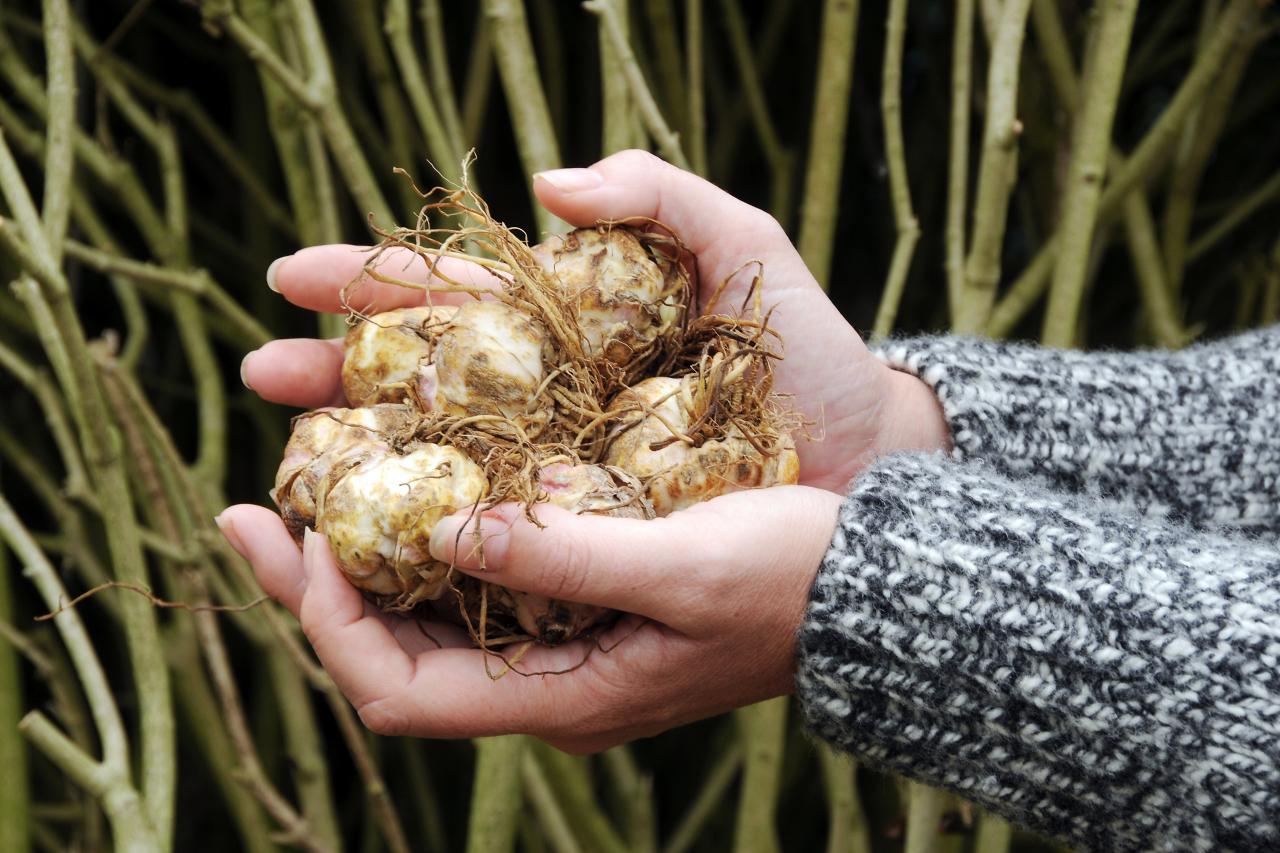
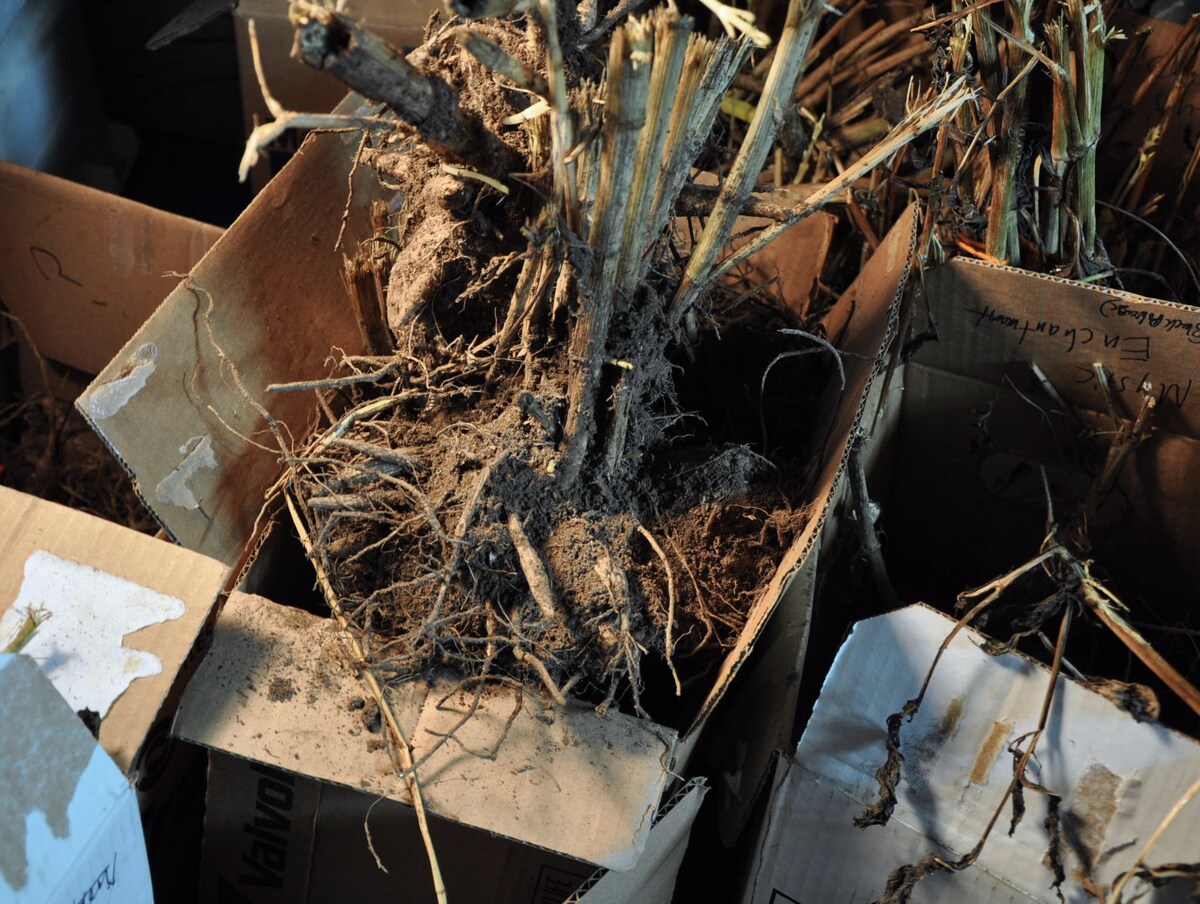
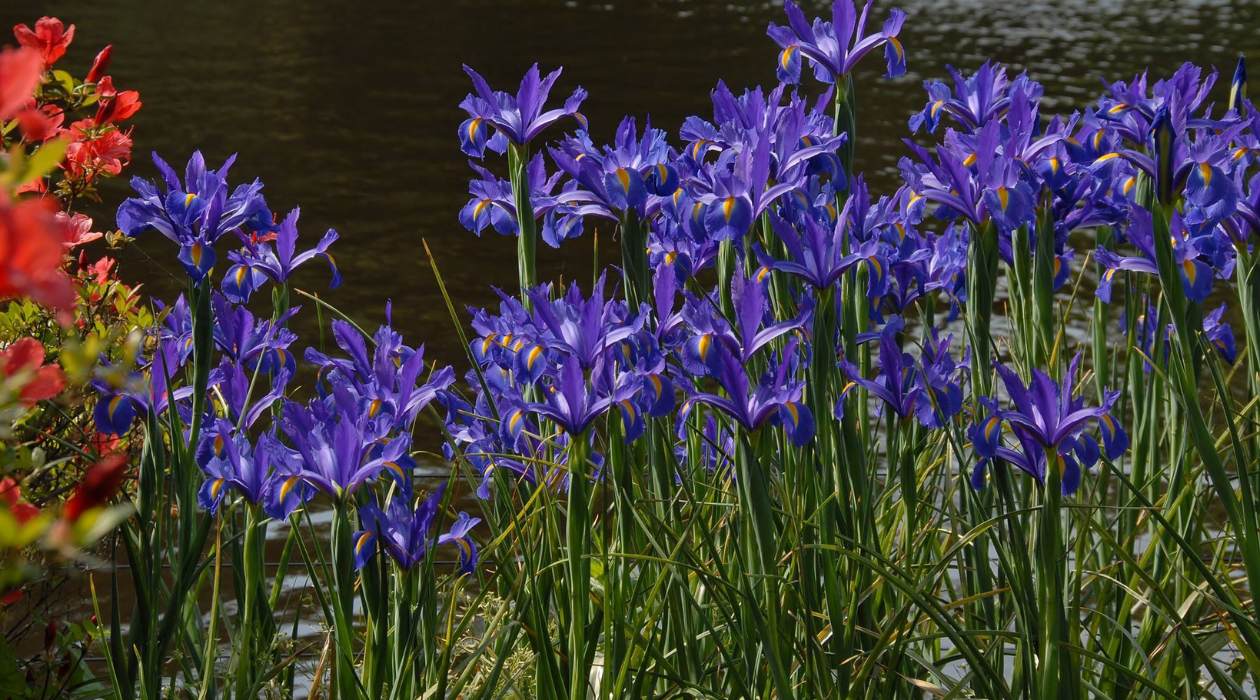
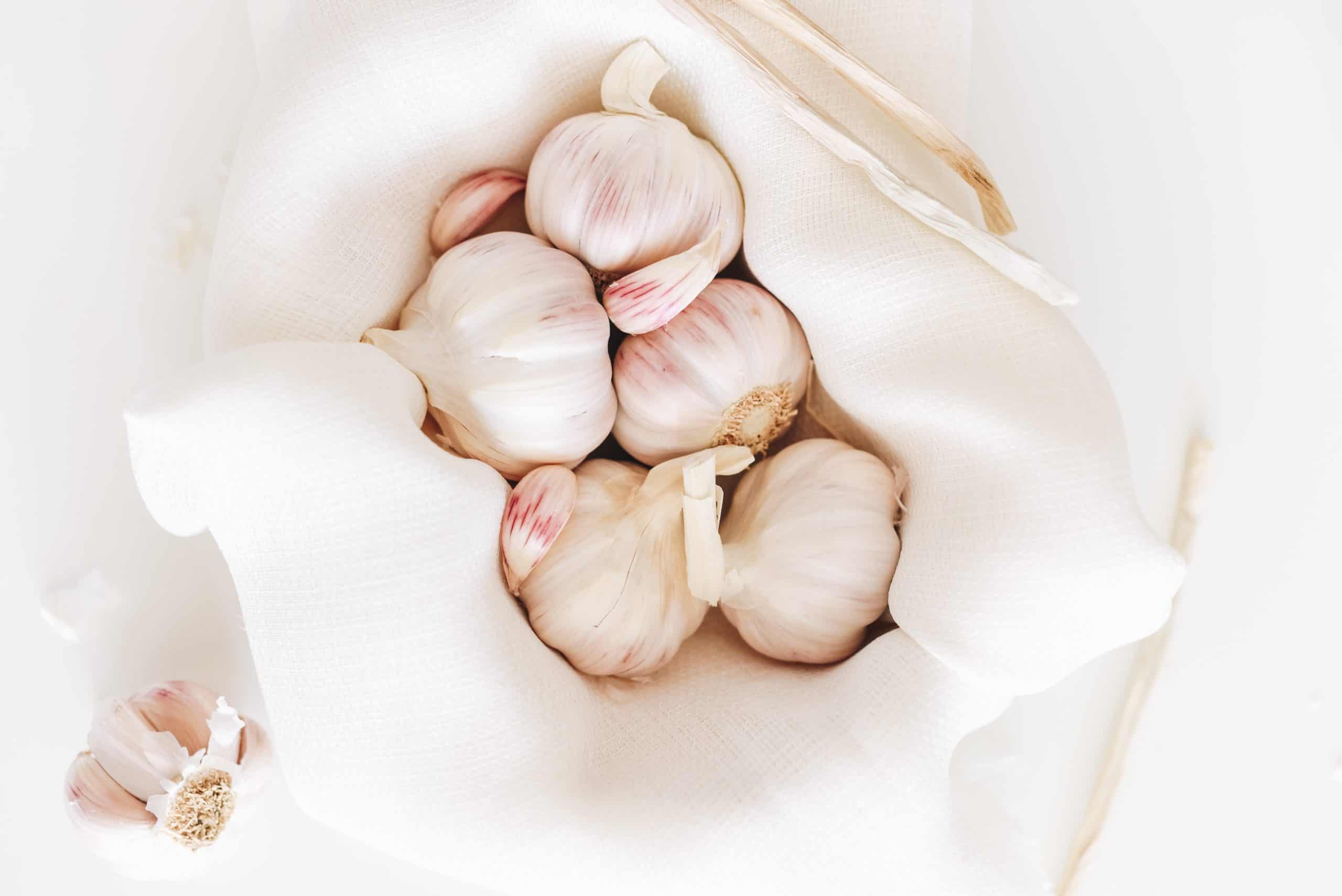
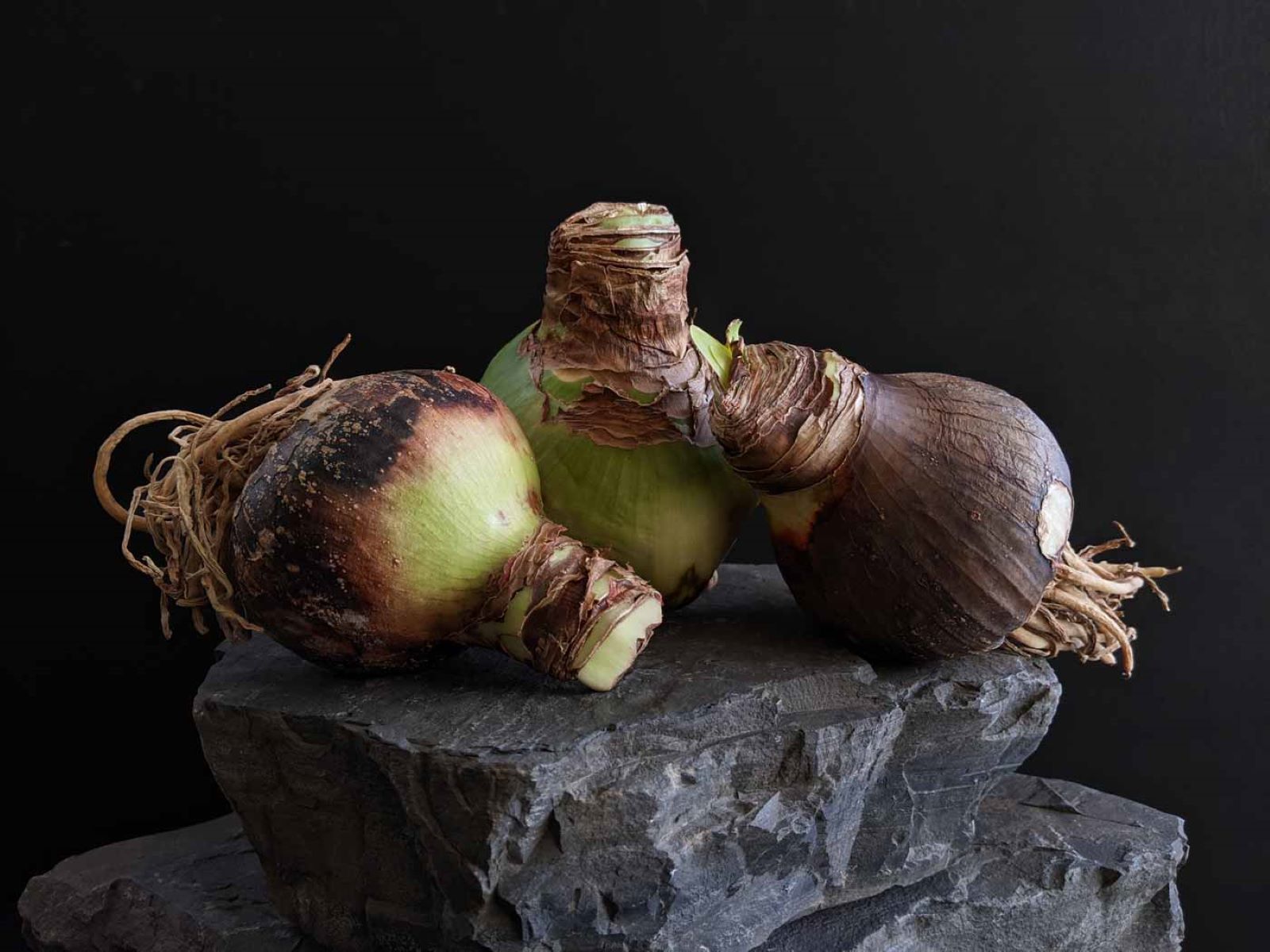
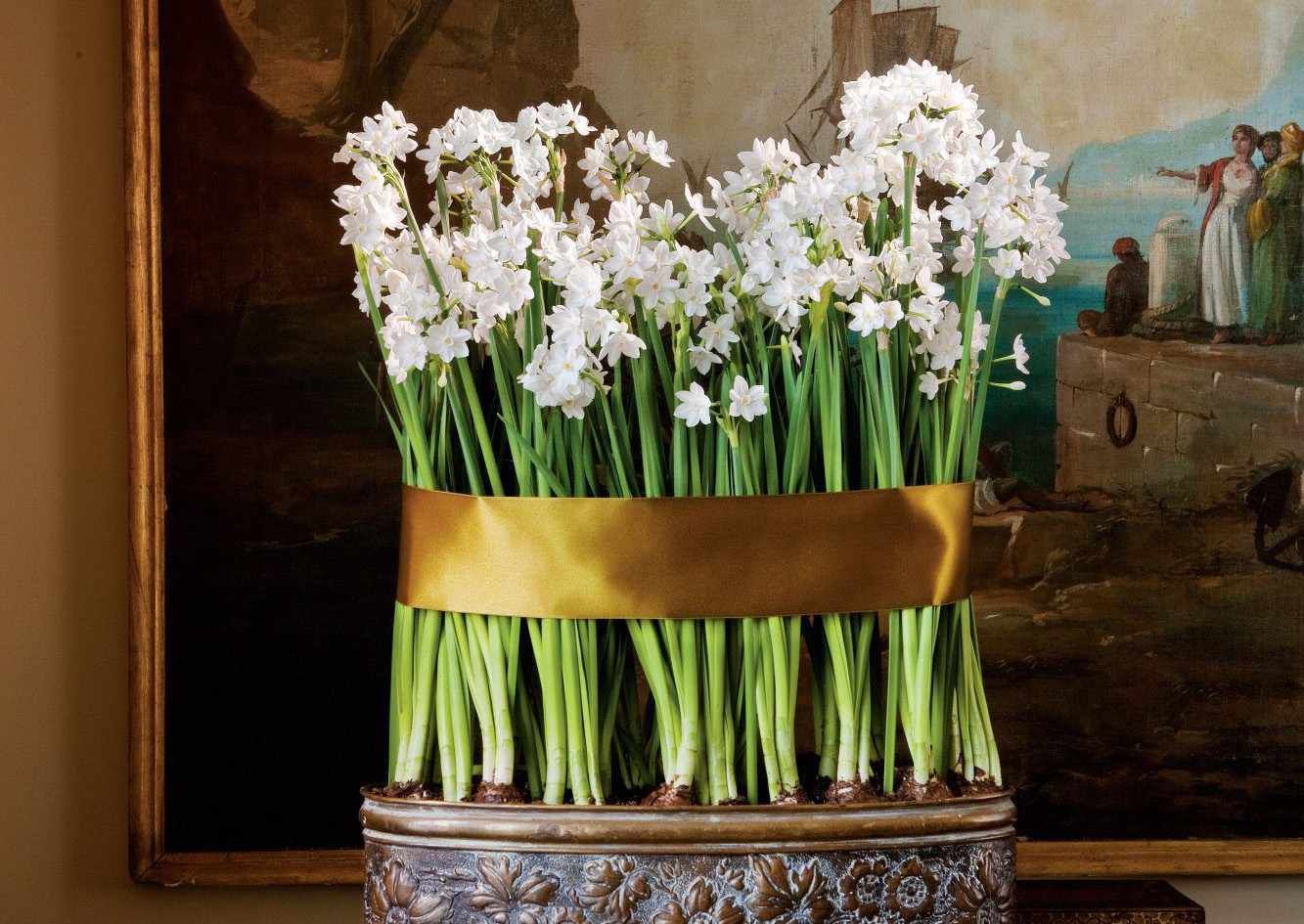
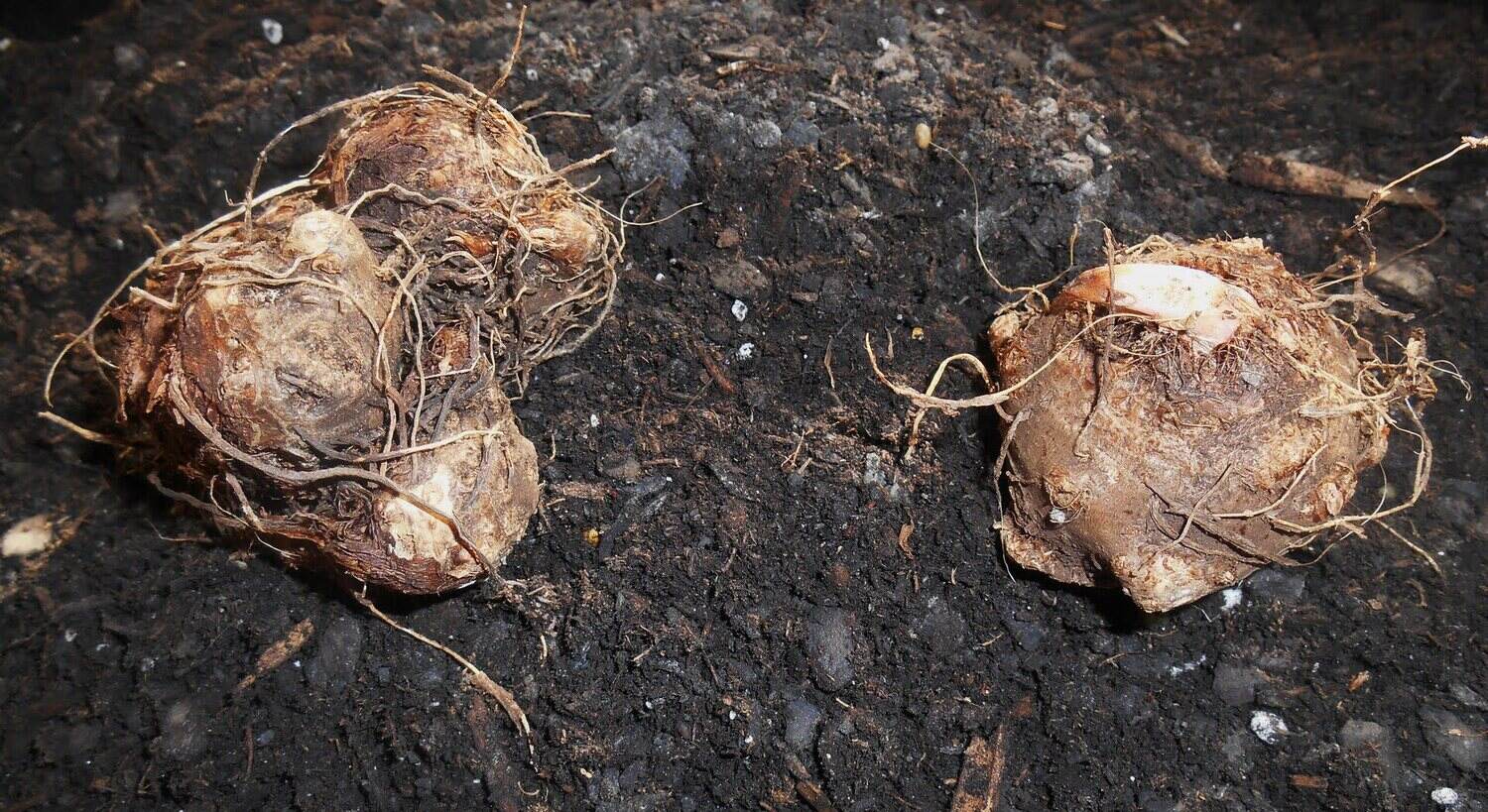
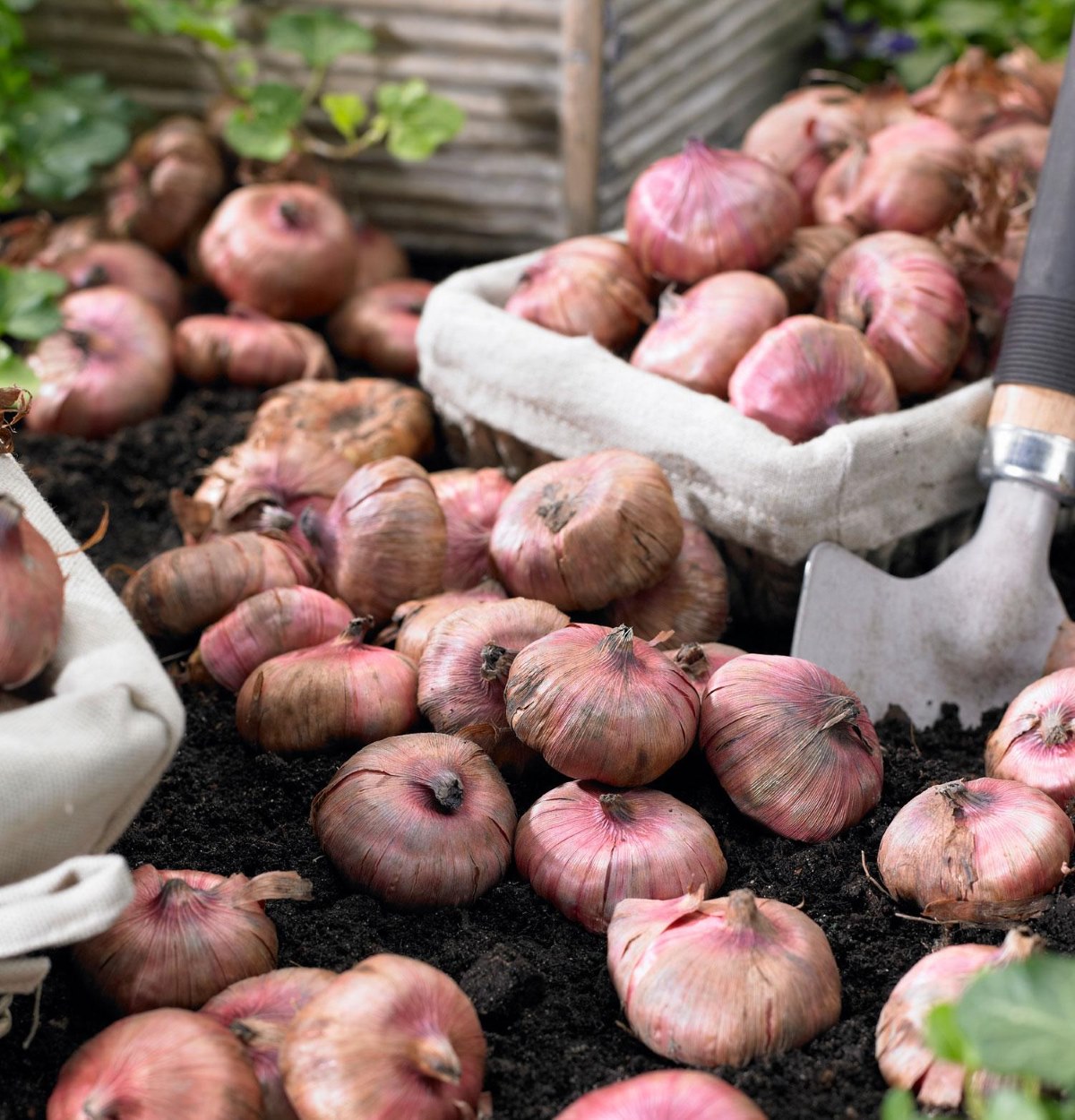
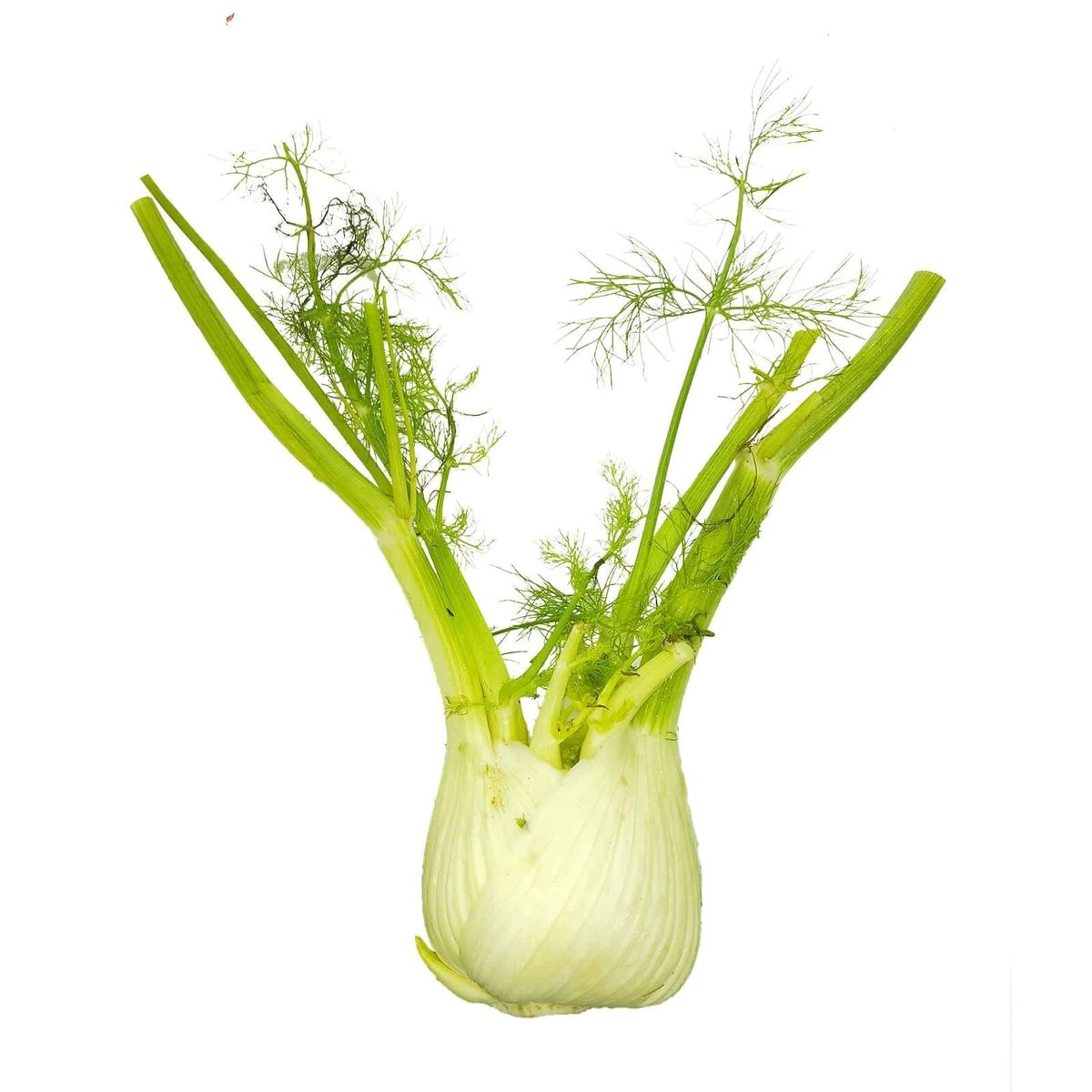

0 thoughts on “How To Store Bulbs”